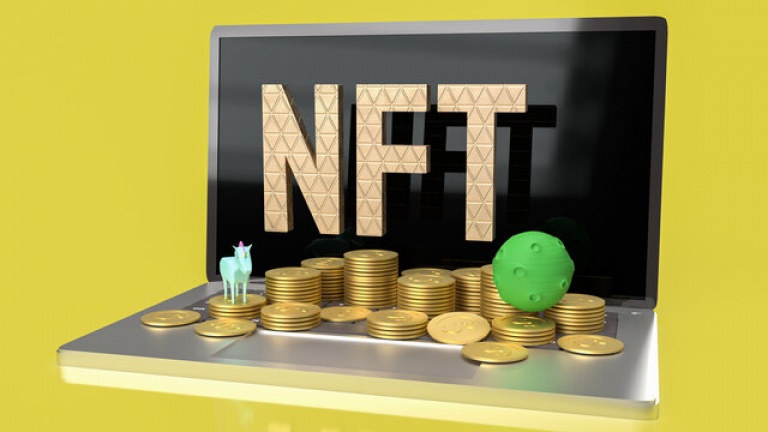The rise of Non-Fungible Tokens (NFTs) has revolutionized the digital landscape, unlocking new possibilities for creators, artists, and businesses to tokenize unique digital assets. NFT marketplaces have become the go-to platforms for buying, selling, and trading these one-of-a-kind tokens. If you're looking to venture into the exciting world of NFT marketplace development, this blog is your comprehensive guide. We'll take you through the step-by-step process, explore the essential elements, challenges, and the key to a successful NFT marketplace.
Step 1: Idea Generation and Conceptualization
The journey of NFT marketplace development begins with a clear and innovative concept. Define your target audience, the type of digital assets you want to support (art, music, gaming, collectibles, etc.), and the unique selling proposition of your marketplace. Research existing NFT platforms to understand market trends, pain points, and opportunities.
Step 2: Blockchain Platform Selection
Selecting the right blockchain platform is a critical decision in NFT marketplace development. Ethereum is the most popular choice due to its established infrastructure and widespread adoption. However, other blockchain networks like Binance Smart Chain, Flow, and Tezos offer lower transaction fees and faster processing times, which can be advantageous for certain use cases.
Step 3: Smart Contract Development
Smart contracts form the backbone of an NFT marketplace. These self-executing contracts are programmed to define the properties, metadata, and ownership details of NFTs. Engage experienced blockchain developers to create secure and audited smart contracts, ensuring transparency and trust within the marketplace.
Step 4: User Interface and Experience Design
An intuitive and user-friendly interface is key to attracting and retaining users on your NFT marketplace. Focus on creating an engaging and seamless user experience, making it easy for creators to mint and list their NFTs and for collectors to discover and purchase unique assets.
Step 5: Token Minting and Listing
With the smart contracts in place, creators can mint their digital assets as NFTs. This process involves converting digital content (artwork, music, etc.) into unique tokens on the blockchain. Once minted, NFTs can be listed for sale or auction on the marketplace.
Step 6: Payment Integration and Wallet Connectivity
Integrate payment gateways and cryptocurrency wallets to facilitate seamless and secure transactions on your NFT marketplace. Users should be able to connect their wallets, manage their NFT holdings, and execute purchases easily.
Step 7: Security and Auditing
Security is of utmost importance in NFT marketplace development. Conduct thorough security audits to identify and address potential vulnerabilities in the smart contracts and the platform as a whole. Regular audits help ensure the safety of user funds and data.
Step 8: Community Building and Marketing
Building a strong and engaged community is vital for the success of your NFT marketplace. Engage with creators, collectors, influencers, and industry stakeholders through social media, forums, and events. Implement effective marketing strategies to generate interest, drive traffic, and attract users to the platform.
Step 9: Platform Launch and Maintenance
Once all the elements are in place, launch your NFT marketplace to the public. Continuously monitor the platform, gather user feedback, and make necessary updates and improvements to enhance the user experience and address any issues.
Challenges in NFT Marketplace Development
High Gas Fees: The popularity of Ethereum-based NFTs has led to congestion and high transaction fees on the network. This can affect the cost and speed of minting and trading NFTs.
Scalability: Blockchain scalability remains a challenge, especially during times of high demand. Addressing scalability issues is crucial for the seamless functioning of NFT marketplaces.
Intellectual Property Concerns: Tokenizing copyrighted material without proper authorization can lead to legal issues. Obtaining the necessary permissions is essential to avoid copyright infringement claims.
Competition: The NFT marketplace space is becoming increasingly competitive. Standing out and gaining traction in a crowded market requires a unique value proposition and effective marketing strategies.
Conclusion
NFT marketplace development is an exciting journey that offers immense opportunities for creators, collectors, and businesses. By following the step-by-step process and addressing the challenges, you can build a successful NFT marketplace that empowers artists, revolutionizes digital ownership, and connects audiences like never before. Embrace the NFT revolution and create a platform that leaves a lasting impact on the digital world!


No comments yet